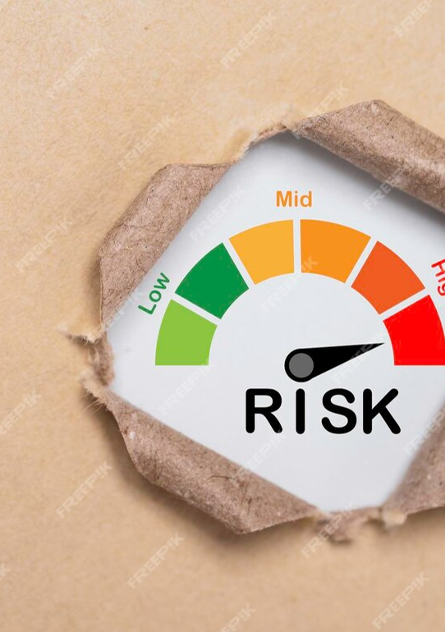3E Danışmanlık
RISK MANAGEMENT
Risk management is the process of identifying, analyzing, managing and monitoring potential threats and opportunities that an organization may face. This process helps organizations develop a proactive approach to and deal with risks. Risk management plays a critical role in both business processes and projects and usually consists of the following stages:
Stages of Risk Management
Risk Identification:
Identification of Risks: All potential risks that the organization may encounter are identified. This stage involves understanding the risks that may arise from internal and external factors.
Risk Sources: Organizational, environmental and sectoral factors are examined to determine the origins of risks.
Risk analysis:
Evaluation of Risks: The probability and impact of risks are analyzed. At this stage, the severity of risks and their potential impact on the organization are evaluated.
Quantitative and Qualitative Analysis: Risks are examined using quantitative (numerical) and qualitative (subjective) analysis methods. Quantitative analysis measures the financial impacts of risks, while qualitative analysis evaluates the nature and potential impacts of risks.
Risk assessment:
Prioritization of Risks: Risks are ranked according to their likelihood and impact. Priority risks are identified and management strategies focus on these risks.
Risk Tolerance: It evaluates how much tolerance the organization has towards certain risks.
Risk Response Development:
Risk Mitigation: Strategies and actions are developed to reduce the likelihood or impact of risks. For example, taking security measures or making process improvements.
Risk Transfer: Strategies are applied to transfer risks to another party (such as insurance, outsourcing).
Risk Acceptance: By determining that the risks are at an acceptable level, a decision is made to deal with the risk without taking any precautions.
Risk Avoidance: Processes or projects can be avoided to completely eliminate risks.
Risk Monitoring and Control:
Monitoring Risks: Systems are established to regularly monitor and evaluate the effectiveness of risks and risk management strategies.
Control and Corrective Actions: Necessary changes are made in risk management strategies and performance evaluations are carried out.
Risk Management Tools and Techniques
Risk Matrix: It is a tool that allows risks to be classified according to their probability and impact levels. Visually shows the severity of risks.
SWOT Analysis: Analyzes risks by identifying the organization's strengths, weaknesses, opportunities and threats.
FMEA (Error Modes and Effects Analysis): Analyzes potential error types and the effects of these errors.
Monte Carlo Simulation: Predicts the consequences of risks under various scenarios by modeling the probabilities of risks.
Clearly Defined Procedures: Standard procedures and policies are established for the management of risks.
Benefits of Risk Management
Reducing Risks: Increases the security and stability of the organization by minimizing the effects of potential threats.
Improving Decision Making Processes: Risk information enables more informed and effective decisions to be made.
Financial Protection: Minimizes financial losses and manages the financial impacts of risks.
Legal and Regulatory Compliance: Helps meet legal and regulatory requirements.
Reputation Management: Protects the organization's reputation and increases its reliability.
Risk management helps organizations cope with uncertainties and achieve their strategic goals more safely. Effective risk management practices are essential in both individual projects and overall business strategies.
3E Danışmanlık







